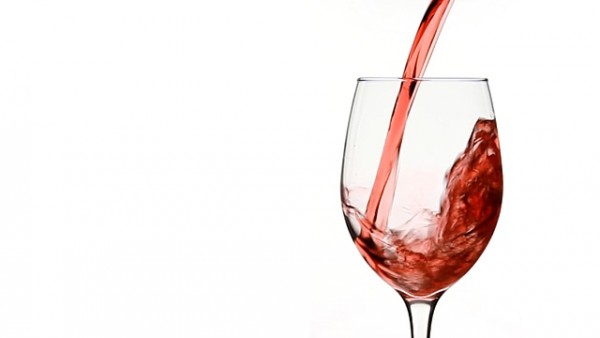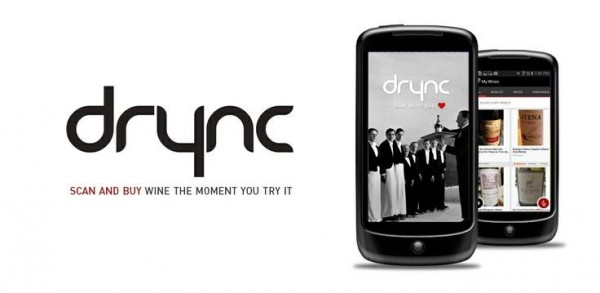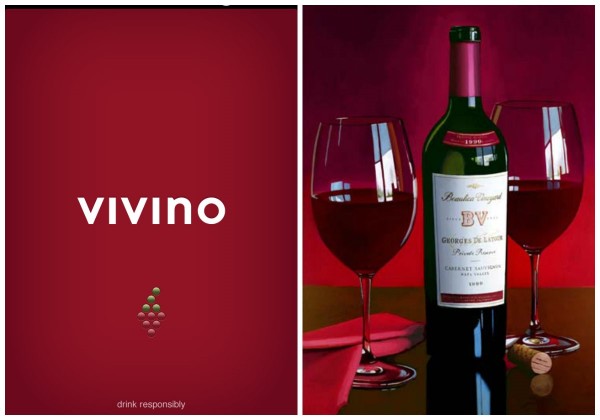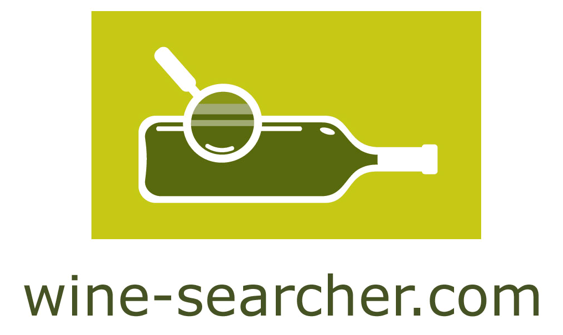By Jeremy Cai

Photo by Dave Dugdale, via Creative Commons license. https://www.flickr.com/photos/davedugdale/5086493000
The world of wine can be a mysterious one to the outsider. However, with more people drinking and exploring new wine, there’s never been a better time to learn about the much-loved alcoholic beverage.
Now there are handy apps to keep track of wine, rate wine, understand wine and even buy wine from a variety of stores.
Beginning wine aficionados no longer have to venture into unfamiliar territory without proper tools. This is big change for an industry where sommeliers have always been the main sources of guidance.
Here are a few apps where you can get alternative opinions of a wine you just had:
Epicurio
Epicurio is one of the fastest-growing startups that allow users to scan wine and provide their own reviews and ratings as well.

It also has a social component that allows users to share any wine note or blog article – think of this as an information section for beginners. Plus, you can buy wine straight from the app.
Founder Clement Hochart said he wanted to bring the social and e-commerce into a single wine app. Epicurio has been steadily growing as the hip choice for wine lovers in Asia of late.
Drync
A counterpart to Epicurio’s blend of information and e-commerce, Drync gives the wine lover the price, wine descriptions, availability, ratings and tasting notes – everything you need to make an educated purchase.

The idea is undoubtedly hardy: scan and buy wine the moment you try it. It is with this concept that founders Brad Rosen and Bill Kirtley managed to raise US$900,000 from angel investors. Launched in 2008, it has iterated often, en-route to the current mobile app version in 2014.
Vivino
It is hard to go through any wine app conversation without Vivino being mentioned at least once. Fourteen million users regularly make use of its photo label recognition system that almost instantly brings up wine information for selections, reviews, ratings, tasting notes and all that jazz.
What differentiates it from the others is the manual identification of wine from the team down at Vivino. So, if the app is unable to detect the vintage indicated in the scan, they can do it separately.

Beyond that, wine lovers get the full suite of staple features: reviews, places to buy a particular wine from, recommendations and a premium cellar management system.
CellarTracker
There is no other platform that allows wine lovers at work access to resources than on the desktop. CellarTracker knows this and has built one of the most comprehensive tools to organise and track wine collections.
![]()
Knowing how building a large database is paramount to drawing wine lovers to their site, the folks behind CellarTracker have also accumulated more than 1.9 million wine descriptions and 5.3 million wine notes – the largest in the world.
Good news is they have a mobile app as well.
Wine-Searcher
To top off the essential, but never-exhaustive list of wine apps, is Wine-Searcher. It is a premier wine searching site and app, which ignores the usual social features, e-commerce and the rest of the “fluff” we have come to expect wine apps these days.

Obviously, the folks behind Wine-searcher believe in simplicity. Search for wines by name or by a photo of the label, and you get all the information you need about grape varieties, vintage rating and more. If you don’t want anything extra, Wine-Searcher will delight you.
Jeremy Cai is a freelance writer who has worked with names such as Techcrunch and BerryFlow.







The entire point of Wine-Searcher is e-commerce – search for a wine and find out where to buy it online.